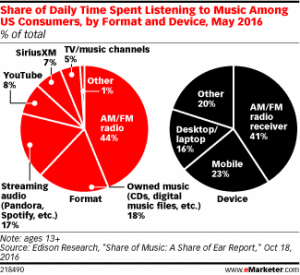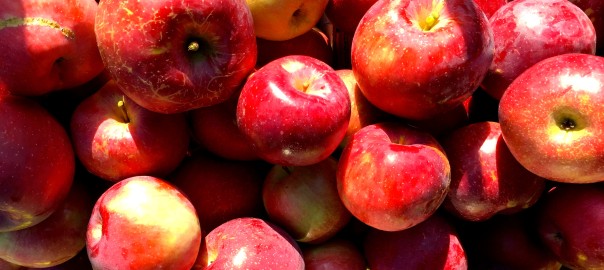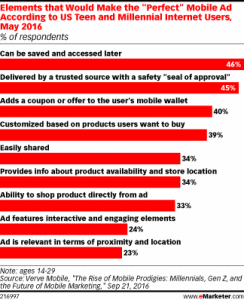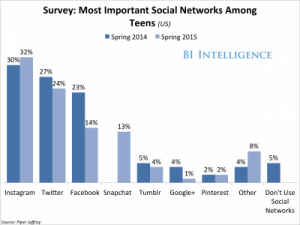PUBLISHERS RETHINK TABOOLA AND OUTBRAIN
They were supposed to be the next big thing in advertising: a kind of native advertising you could book and run programmatically. But the New York Times reports that those “Promoted Stories” style ads with rows of photos and links beneath articles are falling out of favor. While we’re fans of native advertising when it’s executed with an authentic voice, real content affinity, and true transparency, we’re not big fans of “native programmatic”—a concept that seems like an oxymoron at best. As readers continue to complain and high end website continue to notice how poorly click-bait headlines look on their pages, we expect to see less of this kind of advertising going forward.
IS “PROGRAMMATIC” DEAD?
OK, that headline is a little click-baity. Programmatic is livelier than ever, responsible for as much as 89% of overall banner ad buying by some counts. The question is really: has the word “programmatic” out-lived its usefulness? This “Op-Ed” by 360i’s Kolin Kleveno argues that the term is being used so frequently that it’s becoming meaningless. He argues that the true use of the term should point to two factors in a campaign—data-driven and automated—but it’s being bandied about by every ad tech vendor under the sun. That said, even if we limit the term to those two factors,it doesn’t narrow usage down much these days. With everything from applying an optimization algorithm to running ads in emails only when they’re opened, what’s *not* data driven and automated?
REDDIT UPS ITS AD OPTIONS
Reddit, the online community of communities, is introducing a new ad option that lets advertisers target users by the groups they frequent most. As Reddit is a passionate community, this is a great way to target users by interest. Because many Reddit users are also outspokenly anti-advertising, the company is wisely providing an “opt-out” option for all users. No advertiser wants to launch their product in the face of someone who would likely turn around and trash the product, just because it’s being advertised to him or her.
http://digiday.com/agencies/op-ed-time-retire-term-programmatic/
RADIO STILL RULES
A post on eMarketer suggests that listeners still turn to radio for music, followed by owned music, and then by streaming services such as Pandora and Spotify. While radio doesn’t offer the campaign metrics of streaming services, it remains a great way to reach a broad and engaged group of people.
INSTAGRAM V. SNAPCHAT
Instagram and Snapchat are the two most popular apps for Millennials and Gen Z. But how do they fare mano a mano? Adweek compares the two based on polling and finds that they’re neck and neck. Instagram doing a little bit better with ad recall, but Snapchat ahead by a nose in quality of features and perceived “coolness.”
#instagram #snapchat #millennials
HOW DO SILICON VALLEY DIGITAL DARLINGS MAKE A STATEMENT?
In print. Just saying.
#slack #apple #microsoft #print
BUT PRINT IS GOING TO NEED A LOT MORE STATEMENTS . . . AND QUICK
Columbia Journalism Review points to the massive decline in print ad revenue at major papers such as The Wall Street Journal—and how we’re seeing the real effects of those declines now.
photo (c) 2016 Martha Otis











